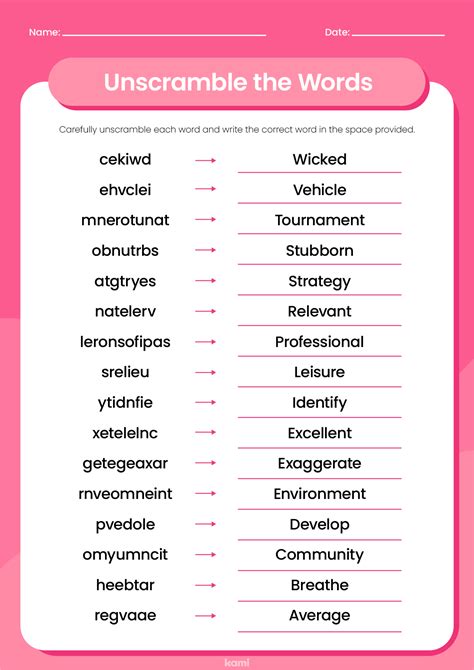The Ultimate Guide: 5 Tips to Draw Perfect Circles
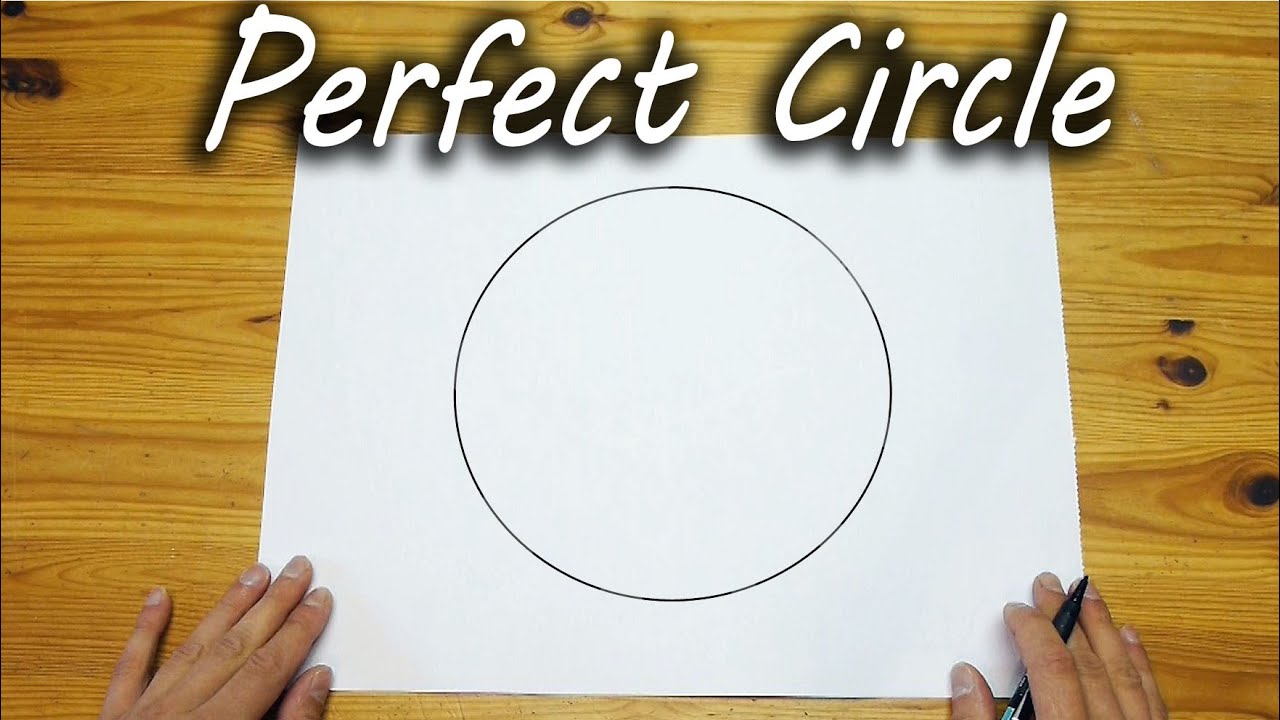
Mastering the art of drawing perfect circles is a skill that many artists aspire to. While it may seem challenging, with the right techniques and a bit of practice, anyone can achieve remarkably precise circular shapes. This comprehensive guide will delve into five expert tips to help you draw perfect circles, offering a detailed analysis of each technique and its practical applications.
1. Master the Basics: Pencil and Paper Techniques
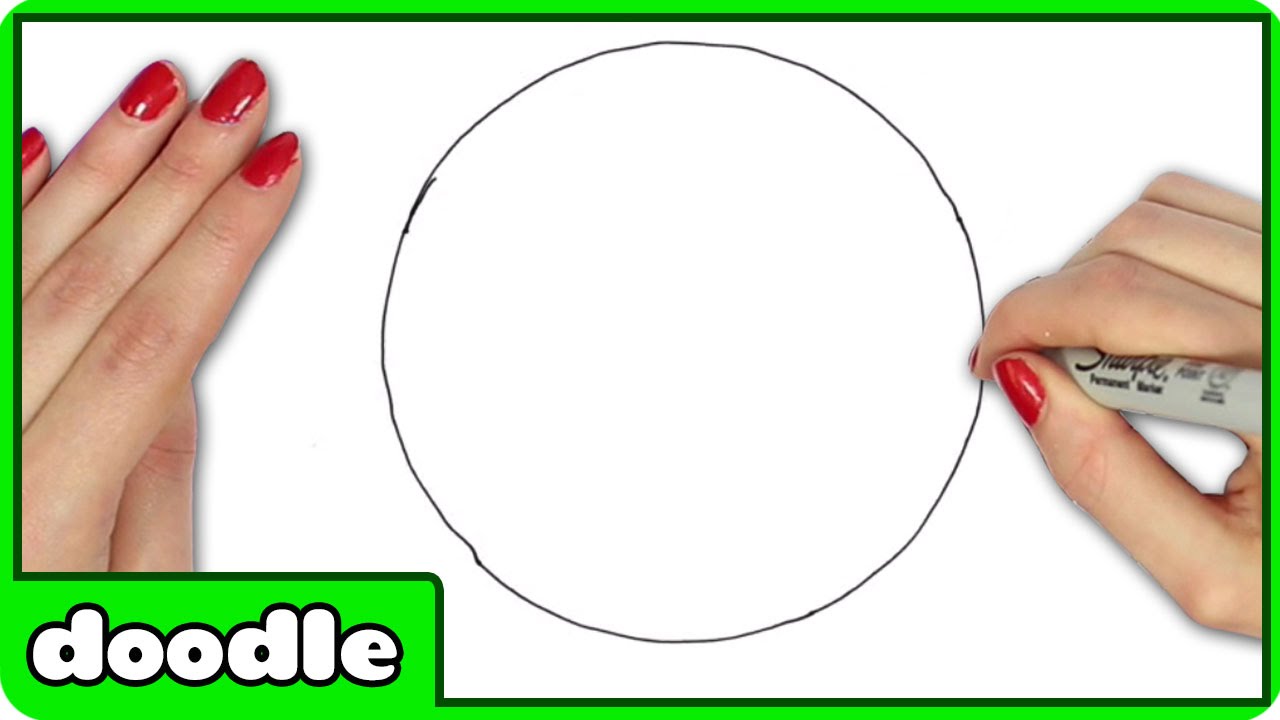
The foundation of drawing perfect circles lies in understanding the basic tools and techniques. Let’s explore some fundamental methods that artists use to create precise circles on paper.
The String Method
One of the oldest and most traditional techniques for drawing circles involves using a string and a pencil. Here’s a step-by-step guide:
- Take a long piece of string and tie one end securely around your pencil.
- Adjust the length of the string to match the desired radius of your circle.
- Hold the other end of the string firmly at the center point of your paper.
- Gently guide the pencil around the center, keeping the string taut. The pencil will naturally create a perfect circle as you rotate it.
This method is particularly useful for larger circles and offers a simple yet effective way to achieve precision.
The Compass Technique
A compass, a specialized drawing tool, is designed specifically for creating perfect circles and arcs. Here’s how to use it:
- Set the compass to the desired radius by adjusting the distance between the point and the pencil lead.
- Place the point at the center of your paper and rotate the compass, allowing the pencil to create the circle.
- For more intricate designs, you can adjust the compass to create multiple circles with different radii, all centered at the same point.
The compass is a versatile tool that every artist should have in their kit, offering precision and ease of use.
The Template Approach
For those seeking a more modern and convenient method, circle templates are an excellent option. These templates come in various sizes and are made from transparent materials like acrylic or plastic. Here’s how to use them:
- Choose a template with the desired circle size and place it on your paper.
- Using a fine-tipped pen or pencil, trace the outline of the circle, ensuring a crisp and accurate line.
- Remove the template, and you’ll have a perfect circle ready for further artistic exploration.
Circle templates are especially handy for quick and precise work, making them a favorite among artists and designers.
2. Explore Digital Tools: Precision with Technology
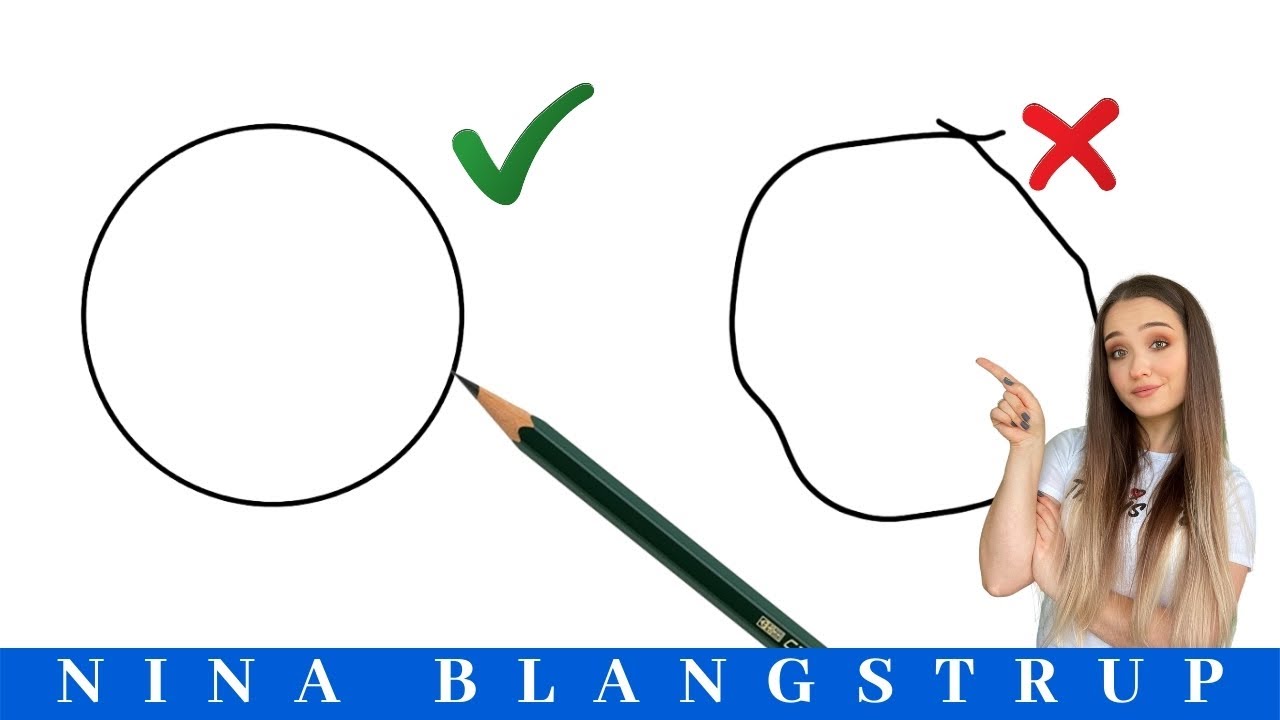
In today’s digital age, artists have access to an array of software and tools that can aid in creating perfect circles. Let’s delve into some of the digital techniques that offer precision and convenience.
Vector Graphics Software
Vector graphics software, such as Adobe Illustrator or Inkscape, provides an incredibly accurate way to create perfect circles. These programs utilize mathematical equations to define shapes, ensuring precision down to the pixel.
Here’s a simple process to create a perfect circle in Adobe Illustrator:
- Open a new document and select the Ellipse Tool from the toolbar.
- Click and drag on your artboard to create a circle. Hold Shift while dragging to maintain a perfect circular shape.
- Adjust the size and position of the circle using the transform tools or by entering precise values in the control panel.
Vector graphics offer infinite scalability without losing quality, making them ideal for precision work.
Digital Drawing Tablets
Digital drawing tablets, such as the Wacom Intuos or iPad Pro with Apple Pencil, provide a more natural and intuitive way to draw perfect circles digitally.
With a drawing tablet, you can use your stylus to create circles by hand, just as you would on paper. However, the digital environment offers added benefits like unlimited undo, precise pressure sensitivity, and the ability to easily adjust your work.
Online Circle Generators
For quick and easy circle creation, online circle generators are a convenient option. These tools allow you to generate perfect circles with just a few clicks, providing a simple and accessible way to achieve precision.
Here’s a step-by-step guide to using an online circle generator:
- Open a web browser and search for a reliable online circle generator tool.
- Enter the desired radius or diameter of your circle.
- Click the generate button, and the tool will create a perfect circle image that you can download and use in your projects.
While these generators are limited in their interactivity, they offer a quick solution for specific needs.
3. Practice with Precision: Refining Your Technique
Drawing perfect circles is a skill that improves with practice. Here are some exercises and techniques to help you refine your abilities and achieve even greater precision.
Repeated Practice Drills
The key to mastering any skill is repetition. Set aside dedicated practice sessions to focus solely on drawing circles. Start with simple techniques like the string method and gradually work your way up to more advanced tools like digital drawing tablets.
Consistency is crucial, so aim for regular practice, even if it’s just for a few minutes each day.
Varying Circle Sizes
Challenge yourself by drawing circles of different sizes. Start with large circles and gradually work towards smaller, more intricate shapes. This helps train your hand and eye coordination, ensuring precision regardless of the circle’s size.
Incorporate Circles into Art Projects
The best way to improve your circle-drawing skills is to apply them in real-world projects. Whether you’re creating a logo, designing a poster, or illustrating a scene, find opportunities to incorporate circles into your artwork. This practical application will not only enhance your precision but also add depth and interest to your creations.
4. Understanding Circular Geometry: Theory and Practice
To truly master the art of drawing perfect circles, it’s beneficial to understand the underlying geometry. Let’s explore some theoretical concepts and practical applications that can enhance your circular creations.
Radius, Diameter, and Circumference
A circle is defined by its radius, diameter, and circumference. The radius is the distance from the center to the edge of the circle, while the diameter is the line segment that passes through the center and connects two points on the circle’s edge. The circumference is the distance around the circle, and it is calculated using the formula: C = 2πr, where r is the radius.
Understanding these fundamental concepts is crucial for accurately drawing and manipulating circles.
Arc Length and Angle Measurements
Arcs are segments of circles, and their length is calculated using the formula: Arc Length = rθ, where r is the radius and θ is the angle in radians. This formula allows you to precisely determine the length of any arc within a circle.
Additionally, understanding angle measurements is essential for creating precise circles. Common angles like 30°, 45°, 60°, and 90° are often used in geometric designs, and knowing their corresponding arc lengths can greatly simplify your work.
Tangents and Intersecting Circles
Tangents are lines that touch a circle at exactly one point, without intersecting or crossing it. Understanding tangents is crucial when creating intricate designs that involve multiple circles. By carefully positioning tangents, you can ensure smooth transitions between circles and create visually appealing compositions.
5. Creative Applications: Circles in Art and Design

Perfect circles have endless applications in art and design. From simple decorative elements to complex geometric compositions, circles add depth, balance, and visual interest to any artwork.
Geometric Art
Geometric art often relies heavily on perfect circles and their variations. By combining circles of different sizes and arranging them in precise patterns, artists create stunning visual effects. From intricate mandalas to modern abstract compositions, geometric art showcases the beauty of mathematical precision.
Logos and Branding
Circles are a popular choice for logos and branding due to their simplicity and versatility. Well-designed circular logos can convey a sense of unity, wholeness, and continuity. Companies like Nike, Target, and Starbucks have successfully used circular logos to create recognizable and memorable brand identities.
Circular Composition in Art
In traditional art, circular compositions have been used to guide the viewer’s eye and create a sense of harmony. By placing the focal point of a painting or drawing within a circle, artists can lead the viewer’s gaze, emphasizing important elements and creating a balanced composition.
| Tip | Description |
|---|---|
| String Method | A traditional technique using a string and pencil to create precise circles. |
| Compass | A specialized drawing tool for accurate circle creation. |
| Circle Templates | Transparent templates for quick and precise circle tracing. |
| Vector Graphics | Digital software for mathematically precise circle generation. |
| Drawing Tablets | Natural, intuitive tools for digital circle drawing. |
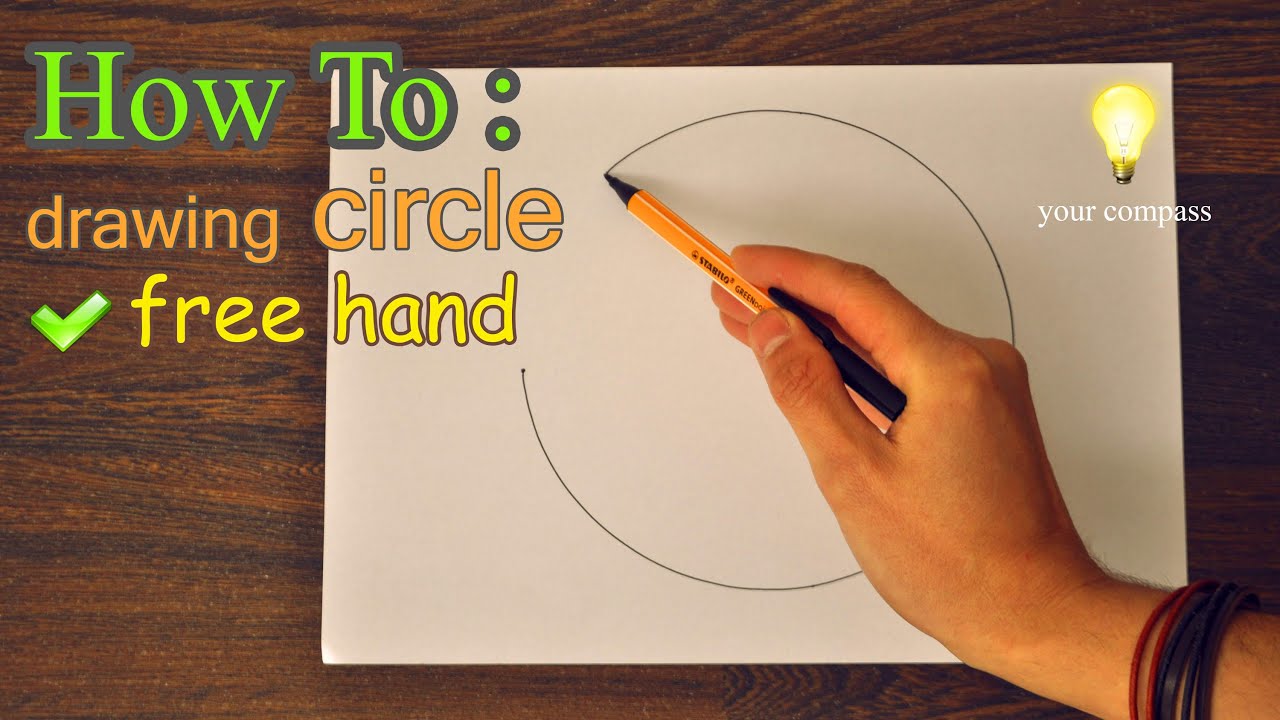
What is the most accurate way to draw a circle?
+The most accurate way to draw a circle is by using digital tools like vector graphics software or a digital drawing tablet. These methods utilize mathematical precision to ensure perfect circles.
Can I draw perfect circles freehand without tools?
+Drawing perfect circles freehand is challenging but not impossible. With practice and a steady hand, you can improve your skills. However, tools like a compass or string method can significantly enhance your accuracy.
How do I create circles of different sizes accurately?
+To create circles of different sizes accurately, use tools like a compass or digital drawing software. These methods allow you to adjust the radius or diameter precisely, ensuring consistent and accurate circles regardless of size.



